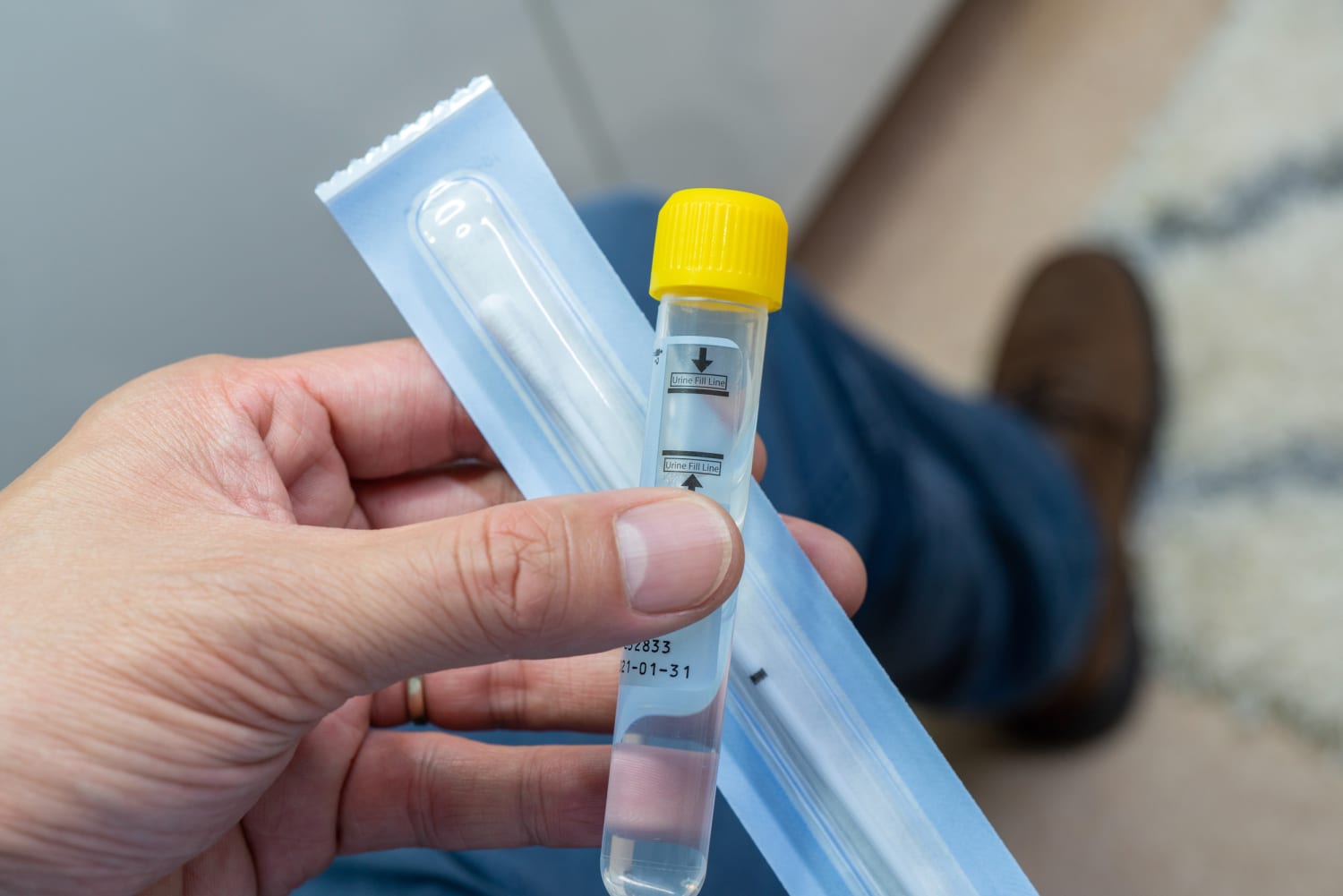Since 1985, when commercial test systems for the detection of antibodies to human immunodeficiency virus (HIV) were first introduced, significant progress has been made in the diagnosis of HIV or AIDS. Currently, there are many different methods for detecting antibodies to HIV. Until now, the most commonly used enzyme immunoassay (ELISA); at the same time, a large number of simple and rapid tests for HIV infection have been developed, which in specific circumstances have significant advantages. Therefore, today it is of particular importance to select tests that would be of the greatest value under certain circumstances, especially in such a situation when the laboratory’s capabilities are limited, but at the same time the reliability of the results obtained must be guaranteed.

HIV antibody testing is done primarily for one of three purposes:
- Screening donated blood to ensure the safety of blood transfusions;
- Epidemiological surveillance of the prevalence of HIV infection;
- Diagnostics of HIV infection in individual individuals.
Nowadays, almost everywhere, most HIV tests are performed for the purpose of screening donated blood. Since the likelihood of transmission of HIV through contaminated blood is extremely high about 100%, screening of donated blood is an economically feasible preventive measure.
Why HIV testing is required?
The requirements for the use of HIV tests for surveillance purposes have remained largely unchanged over the years. The effectiveness of various strategies for the prevention and control of HIV or AIDS, as well as the assessment of the effectiveness of the activities carried out, will continue to be based on the results of monitoring the epidemic both in the population as a whole and in specific groups of the population. At the same time, the rationale for HIV diagnostic testing has changed significantly. At the initial stage of the epidemic, the focus was more on confirming the clinical diagnosis in patients with suspected HIV or AIDS than on the prophylactic or therapeutic aspects of managing patients with known HIV status.
Current Improvement in the Treatment
Recent advances in the preventive treatment of HIV-infected patients, as well as the desire to prevent vertical transmission of HIV from mother to child, have significantly changed this picture. There is growing awareness of the importance of counseling and voluntary testing for both prevention and treatment of HIV or AIDS especially for women who go to antenatal clinics. These changes have created new requirements for HIV testing, in particular with regard to study duration. This article discusses the practical implications of using simple or rapid HIV tests and the place of these studies in global efforts to prevent and control HIV or AIDS; the advantages and disadvantages of these tests, as well as their acceptability for use in various situations, are taken into account. The use of the sti test is important.
Advantages and Disadvantages Of The Enzyme-Linked Immune-Sorbent Assay (ELISA)
Traditionally, the diagnosis of HIV infection is based on the detection of antibodies to HIV, and ELISA is most often used for this purpose. Since 1985, when the first commercial test systems based on viral lysates first generation test systems became available for the detection of antibodies to HIV, significant methodological progress has been made. Second and third generation ELISA test systems (based on recombinant protein antigens and synthetic peptides) were developed and new test systems were created.

